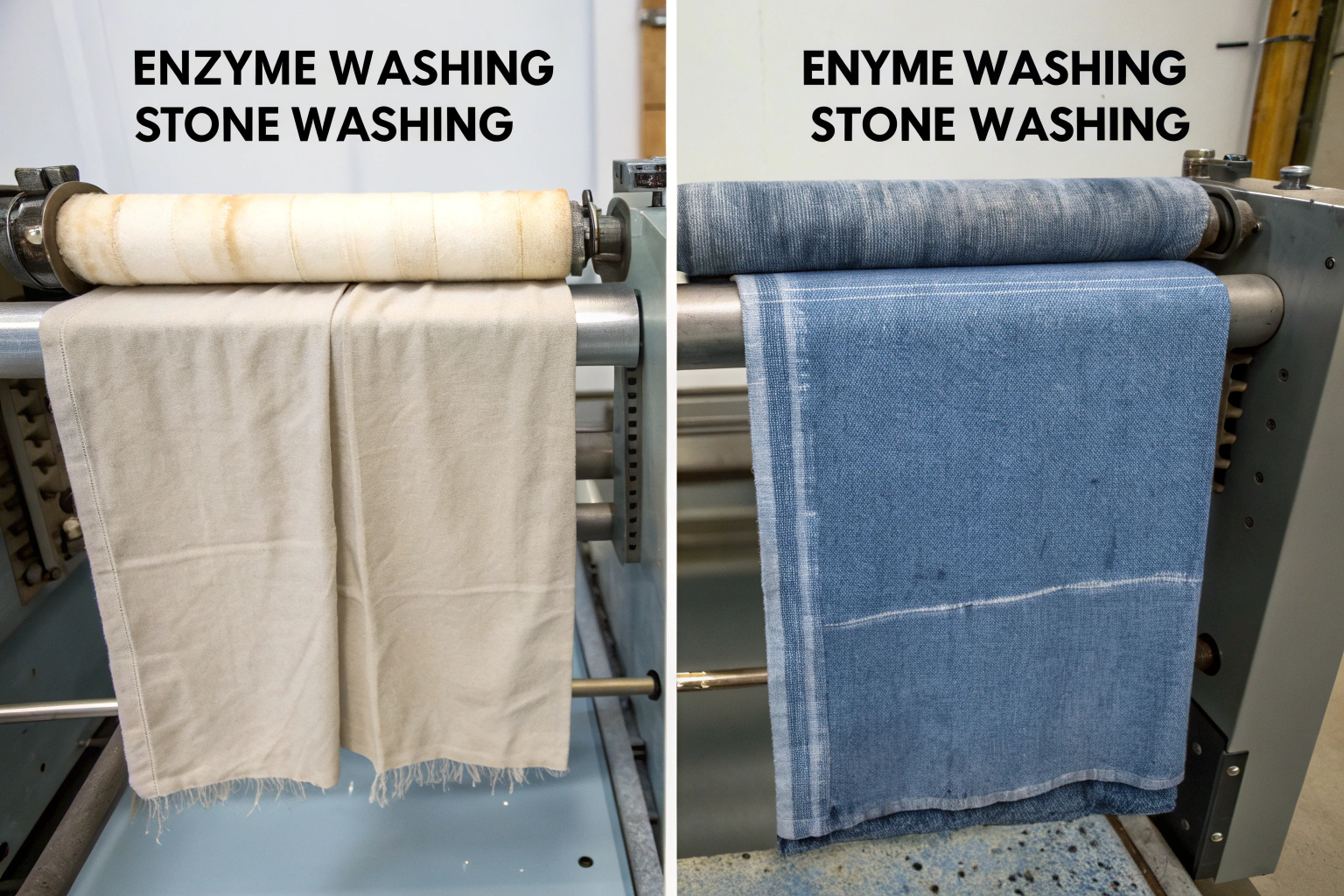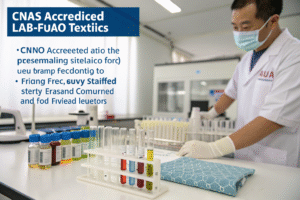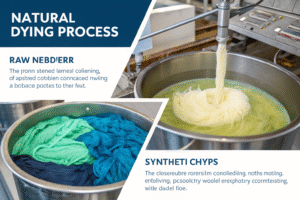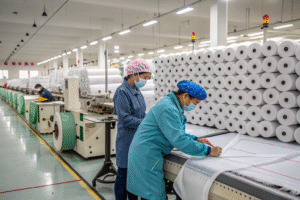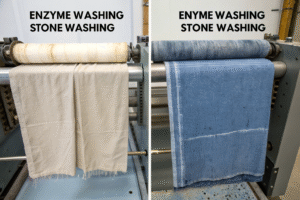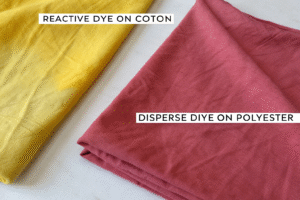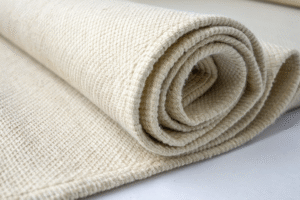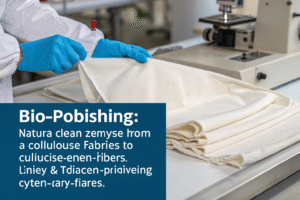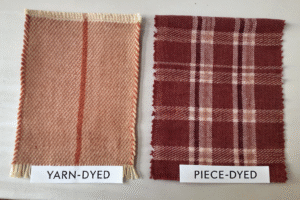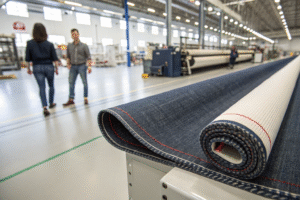As a fabric manufacturer with over two decades in the textile hub of Keqiao, I often get asked by clients about the best way to achieve that perfect, broken-in look and feel for denim and other fabrics. The choice between enzyme washing and stone washing impacts not only the final aesthetic but also cost, production time, and fabric durability.
Enzyme washing and stone washing are both industrial fabric finishing techniques used to soften fabric and create a worn, vintage appearance. They achieve this through different methods: enzyme washing uses biological catalysts to break down indigo dye and cellulose fibers, while stone washing employs physical abrasion with pumice stones to mechanically wear away the fabric's surface.
Understanding these options can help you differentiate your product in a crowded market. Let's explore these two processes in detail.
What is enzyme washing for denim finishing?
Enzyme washing, or bio-stoning, uses natural biology to create a worn look. We use cellulase enzymes that target and break down cellulose in cotton fibers, loosening indigo dye and softening fabric from within. This process results in a uniform, controlled fade preferred by brands seeking consistency.
The main advantage is precision. Enzymes work on a molecular level, creating even fading across entire garment rolls. This reduces damage risk and increases product yield. It's also more sustainable, using less water and energy while generating no pumice dust. Our CNAS-certified lab tests enzyme concentrations to ensure every batch meets specifications.
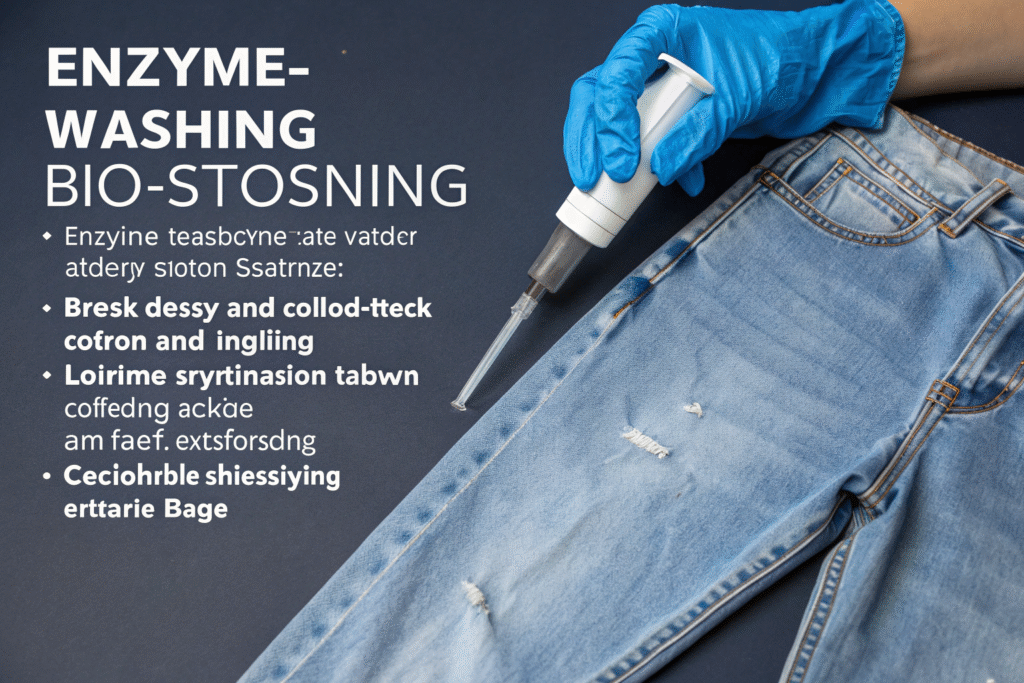
How do enzymes create a worn look?
Enzymes achieve the worn look through targeted chemical reaction. Cellulase enzymes attack stressed surface fibers during wash cycles. As these fibers break down, attached indigo dye releases, creating gradual fading that mimics long-term wear. This bio-polishing softens fabric and creates consistent, high-quality finish.
What are the main benefits?
Benefits include superior product consistency across large runs, gentler treatment that preserves fabric strength, and sustainable manufacturing alignment. The process reduces machine wear, water consumption, and eliminates pumice mining disposal. For brands investing in green technologies, enzyme washing supports environmental goals.
How does stone washing create a vintage effect?
Stone washing is the classic method for vintage denim appearance. Large washing machines tumble denim garments with porous pumice stones. The physical abrasion scrapes away indigo dye from raised fabric areas like seams and pockets, creating high-contrast fading and distinctive whiskers.
The appeal lies in unique, rugged aesthetics. Random abrasion means no two garments are identical, creating individuality difficult to replicate. However, this comes with trade-offs: reduced fabric strength, potential damage, and higher resource consumption for stone mining and dust removal.
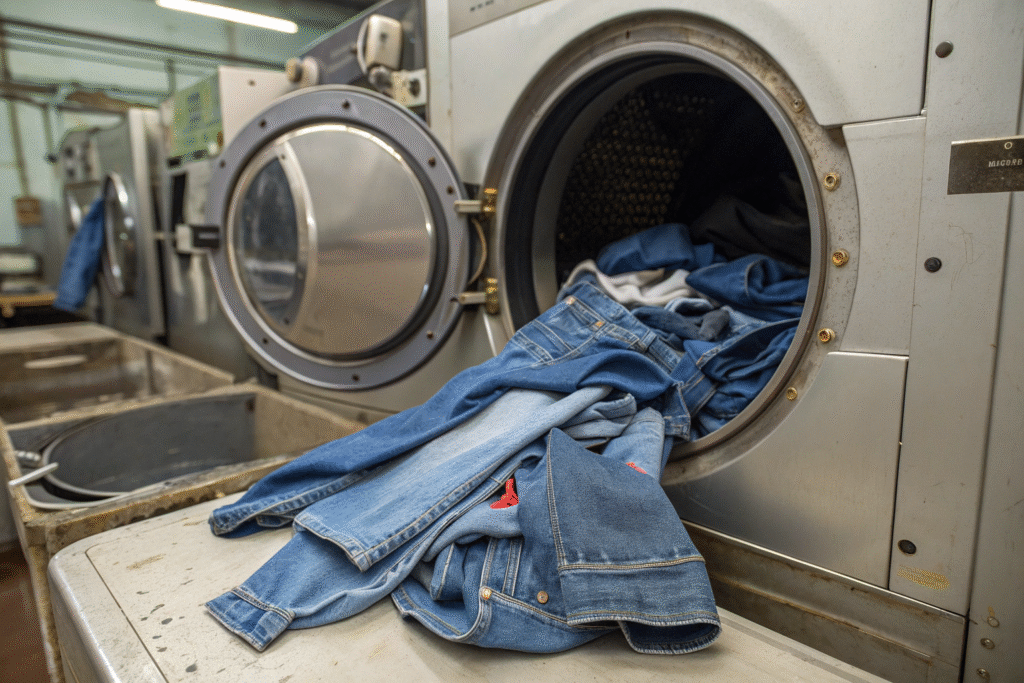
What type of stones are used?
Pumice stones, lightweight volcanic rock with high porosity, are exclusively used. Their porosity absorbs wash water and chemicals, enhancing bleaching effects. Different sizes and hardness levels allow customization of abrasion intensity—larger, rougher stones for dramatic fades; smaller, smoother stones for subtle effects.
Why is stone washing less consistent?
Inconsistency stems from mechanical nature. Random stone tumbling creates uneven fabric contact. Stone degradation over time changes results. Load composition variations affect outcomes. This leads to shade variations between batches, challenging brands requiring product uniformity.
| Factor | Reason for Inconsistency |
|---|---|
| Abrasion Pattern | Random physical contact |
| Stone Degradation | Stones change with each use |
| Machine Load | Variations in load size |
Enzyme wash vs stone wash: which is better?
The "better" choice depends on design goals, quality standards, and brand values. Stone washing suits unique, high-contrast vintage looks where variation is acceptable. Enzyme washing excels for consistent fades, softer hand-feel, and environmental considerations.
Many manufacturers combine both techniques. Short stone washing establishes wear patterns, followed by enzyme washing to soften fabric and even background shades. This hybrid approach gives designers character with consistency. Our agile R&D team develops custom wash formulas for specific client requirements.
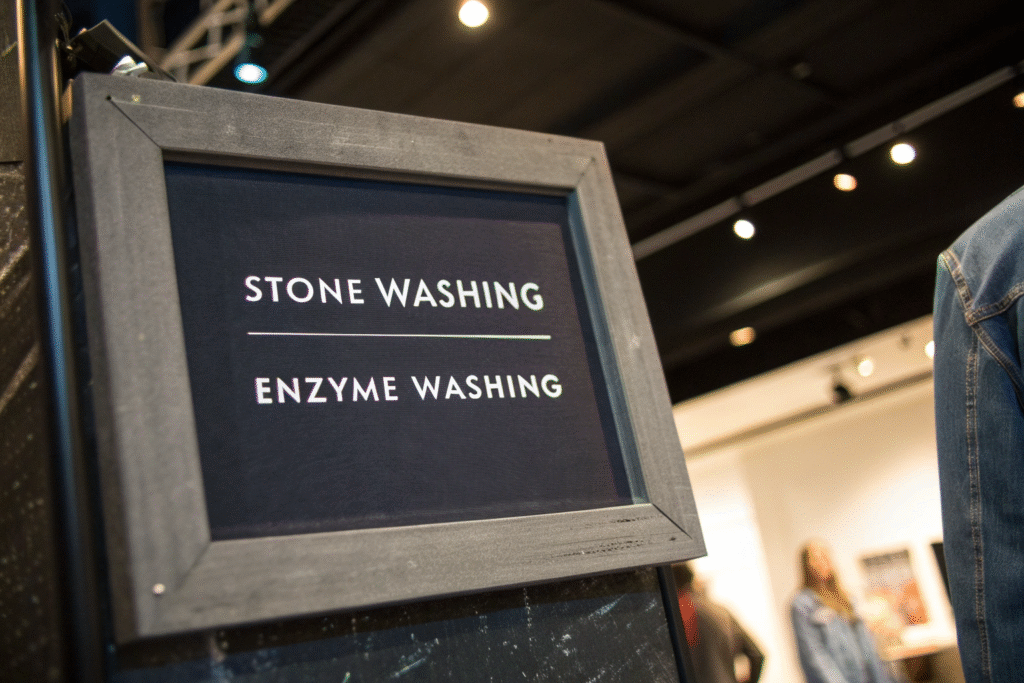
How does cost compare?
While enzymes cost more per kilogram than stones, total costs often favor enzyme washing. Stone washing involves hidden costs: heavy stone procurement, higher water/energy consumption, machinery wear, and lower yields from damage. Enzyme washing's consistency typically offers better cost-efficiency for large production.
Which method is more eco-friendly?
Enzyme washing is decidedly more eco-friendly. Advantages include reduced water/energy consumption, no mining impact, no non-biodegradable pumice dust, and biodegradable enzyme inputs. For companies aligned with global sustainability standards, enzyme washing supports environmental commitments.
How to choose the right fabric wash finish?
This critical decision should be guided by target market and product specifications. Define desired aesthetics first—uniform fade or high-contrast vintage? Consider product positioning—mass-market consistency or artisanal variation? Factor in sustainability commitments as marketing points.
We recommend requesting physical fabric swatches with different wash treatments. Seeing and feeling differences is irreplaceable. Our technical team can guide efficient, cost-effective methods to achieve desired results, managing the entire process from raw denim sourcing to perfect wash execution.

What questions should you ask?
Key questions include process standards for faded looks, availability of lab-dip samples, consistency control methods, lead time/cost implications, and environmental certifications like OEKO-TEX or ISO standards that validate claims.
Can you combine both methods?
Yes, combining methods is common practice. "Stone-enzyme" washing starts with brief stone tumbling for sharp abrasion patterns, followed by enzyme addition to soften fabric and create uniform background fading. This hybrid technique offers creative flexibility for refined, comfortable final products.
Conclusion
Choosing between enzyme and stone washing defines your product's look, feel, and integrity. Enzyme washing offers modern, consistent, eco-friendly fading, while stone washing delivers authentic, rugged character. Understanding these differences helps you make the best choice for your brand and customers.
The best results come from partnership with manufacturers understanding your vision and possessing technical expertise. If you're developing denim lines or sourcing fabrics with specific wash finishes, we have experience and technology to bring ideas to life. Contact our Business Director Elaine at elaine@fumaoclothing.com to discuss your next project.

